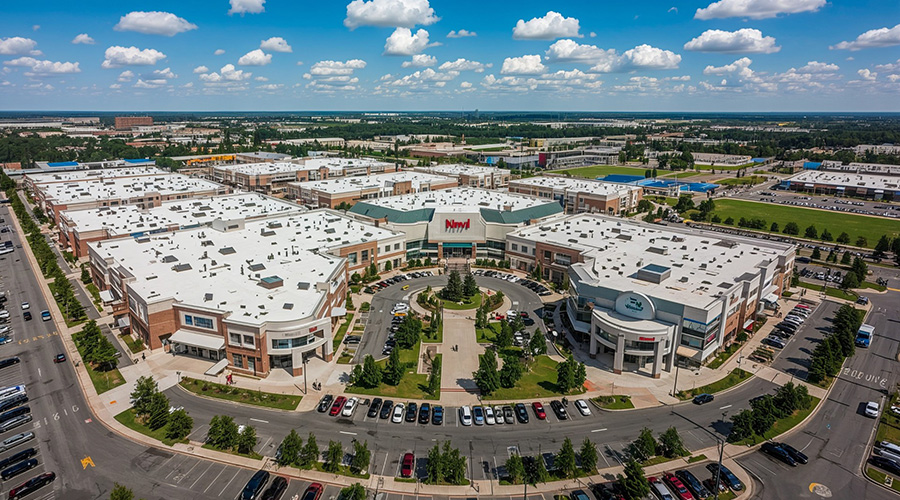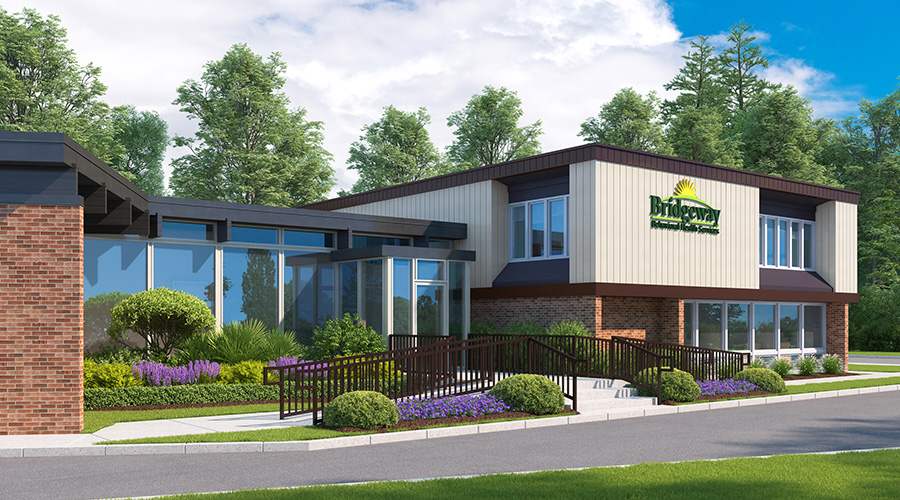Q: Our original hospital was constructed in 1968, then we had an addition in 1992 and our newest addition completed in 2013. Do the hazardous rooms in our buildings that are all fully sprinklered have to be maintained as 1-hour fire-rated walls with 3/4-hour fire-rated doors, or can we maintained them to just resist the passage of smoke based on the "existing" chapter? I was told that anything constructed before the date the Life Safety Code was adopted is now considered existing conditions.
A: To answer your question, the new construction healthcare occupancy chapter 18 applies to all buildings designed, approved and constructed after July 5, 2016, which is the date that CMS adopted the 2012 life Safety Code. That means all conditions designed, approved and/or constructed on or before July 5, 2016 would comply (as a minimum) to the existing healthcare occupancy chapter 19.
However, there are other conditions that you need to be aware of. According to section 4.5.8 of the 2012 Life Safety Code, whenever a feature of life safety is required by the LSC, it must be maintained as such, unless the LSC changes and the feature is no longer required. This means, if at the time the hazardous room was constructed the walls needed to be 1-hour fire rated and the door ¾-hour fire rated and the room be sprinklered, then you must maintain it that way, even though the room may now qualify as existing conditions and the walls and door only need to be smoke resistant.
So, for new construction hazardous rooms, section 18.3.2.1 of the 2012 LSC requires the room to have 1-hour fire-rated protection which requires ¾-hour fire rated doors assemblies that self-close and positively latch. Section 18.3.5.1 also requires the room to be protected with sprinklers. You would build your new construction (or renovated existing) hazardous rooms to 1-hour fire-rated walls (which must extend from the floor to the deck) and have the door assemblies meet ¾-hour fire rating.
Understand, the hazardous rooms constructed in the 1968 building would qualify for the existing conditions healthcare occupancy chapter 19 today because they were constructed before July 5, 2016, and at the time of their construction the Life Safety Code had not yet been adopted by any national governmental or accreditation organization. But the hazardous rooms constructed in the 1992 addition would have been required to be 1-hour fire rated with a ¾-hour fire rated door, and be protected with sprinklers, because that is what was required for new construction in 1992 for hazardous rooms. Therefore, since 4.5.8 says once it is built, you have to maintain it, it must remain 1-hour fire rated walls with ¾-hour fire rated doors and be fully sprinklered, even though it was built before July 5, 2016. Yes, it qualifies for existing conditions under the 2012 LSC, but since it was built to new construction requirements, that is what you must maintain, until the LSC changes.
Now, some hospitals have older hazardous rooms that for one reason or another, were not constructed to 1-hour fire-rated construction and protected with sprinklers, although they were supposed to. This was likely an oversight at the time of the construction by the AHJ or perhaps the hospital constructed the room without the AHJ’s knowledge or permission. When these old mistakes are caught, many authorities having jurisdiction (AHJs) are actually requiring the hospital to upgrade their old hazardous rooms to 1-hour fire-rated construction and meet new construction requirements. Their logic is, that is what was required back when the hazardous room was constructed, so it is being enforced now. Right or wrong, they have the authority to enforce that onto the hospital.
Brad Keyes, CHSP, is the owner of KEYES Life Safety Compliance, and his expertise is in the management of the Life Safety Program, including the Environment of Care and Emergency Management programs.

 Healthcare Is the New Retail
Healthcare Is the New Retail Bridgeway Behavioral Health Services Launches Campaign to Renovate Health Center
Bridgeway Behavioral Health Services Launches Campaign to Renovate Health Center Ground Broken for New North Dakota State Hospital
Ground Broken for New North Dakota State Hospital AI Usage for Healthcare Facilities
AI Usage for Healthcare Facilities Ground Broken on Pelican Valley Senior Living Modernization Project
Ground Broken on Pelican Valley Senior Living Modernization Project